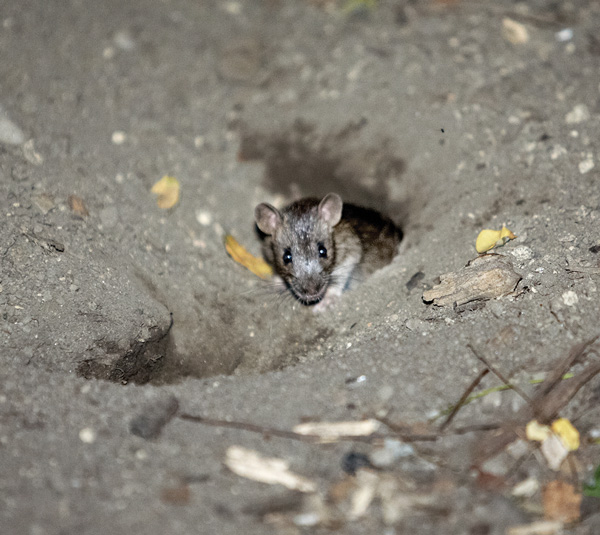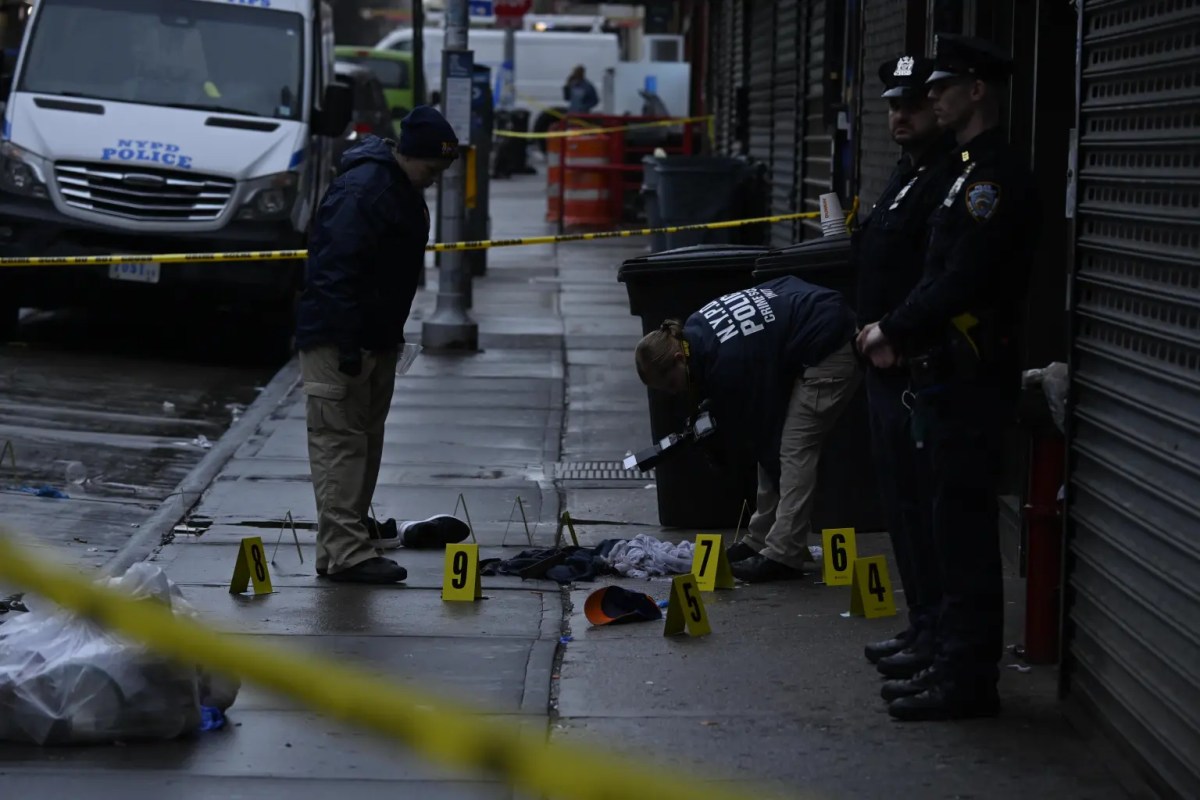
BY GERARD FLYNN | The role construction work plays in spreading rat infestations has long been known. Now two East Village women are calling on the city to do more in the wake of their increasing “distress” at the problem’s scale.
Jackie O’Quinn lives close to the Ninth Precinct on E. Fifth St. She said construction in recent years at nearby Cooper Park unearthed one of the biggest rats’ nests imaginable — in an abandoned underground comfort station — and that the vermin have relocated closer to her home, with all the nightmarish consequences.
“When it rains it pours,” she said. “Oh, my God. You can step on them.”
The disease-ridden rodents can often be seen, she said, in the wee hours in the vicinity of Second Ave. and E. Fourth St., picking through pizza scraps and paper cups of soda on the sidewalk, where late-night revelers like to dump their food.
O’Quinn questions the logic of Department of Health inspectors who come looking in the daytime when rats are notoriously nocturnal — and, believe it or not –— shy critters, although they have teeth that can bite through concrete and, some say, steel.
“You don’t look for rats in the afternoon,” she said.
“It’s not a day job,” her friend Anne Mitcheltree agreed.
D.O.H. has been out poisoning nearby sewers, which they said are infested, but it isn’t working, the two women say. O’Quinn said the vermin vamoose from the sewers, and then it becomes a game of “hit-and-miss whether you step on one.”
O’Quinn has witnessed “sewers full of rats,” prompting her to be among the many who have made complaints to the city, which then comes and baits. But she said, “I didn’t notice a decline.”
D.O.H. didn’t respond by press time to questions for this article. But for an article in The Villager last November, an agency spokesperson confirmed that the East Village has a big problem. A number of local factors contribute to the area’s rat population, the spokesperson said, including inadequate management, storage and removal of garbage, the high density of the population and foot traffic, and older infrastructure, which may allow rats to harbor.
“Although the number of properties with active rat sites has dropped citywide, some communities, such as Community District 3, have remained stagnant,” the spokesperson told The Villager last November.
Last year, the agency chose Avenue B as a location for its “Rat Reservoir” pilot program because of the area’s “chronic problems” with the pests. Rat Reservoirs are environments that promote large numbers and fast reproduction of rats.
But the “reservoir” isn’t even close to drained, the two women lament.
“Whatever they are doing with their pilot program, they need to extend it,” O’Quinn said.
D.O.H. confirmed to The Villager last year that “[rat] complaints in the Lower East Side have increased in 2013 and 2014 compared to previous years.”
In their efforts to reduce the rat problem, the pair have even handed out garbage pails to the local cops to use to trap the tricky vermin.
“We have a hub of rats that live under our police station’s parking lot,” O’Quinn stated.
With D.O.H. slow to act, in their view, they have come up with a strategy of their own: Do something about the “crazy” people who feed the pigeons — a.k.a. “flying rats” — and, inadvertently, the rats.
For those who feed the pigeons, Mitcheltree has two words, “ova control.” In other words, use contraception to cut down on bird reproduction, which would reduce pigeon feeding, and, thus, the rat population.
“When they take a birth-control pill and lay an egg, it won’t be fertilized, and it never hatches,” she said. Eventually, “they kick it off the nest.”
At this point, the two rat-weary women say, it’s worth a try.

















